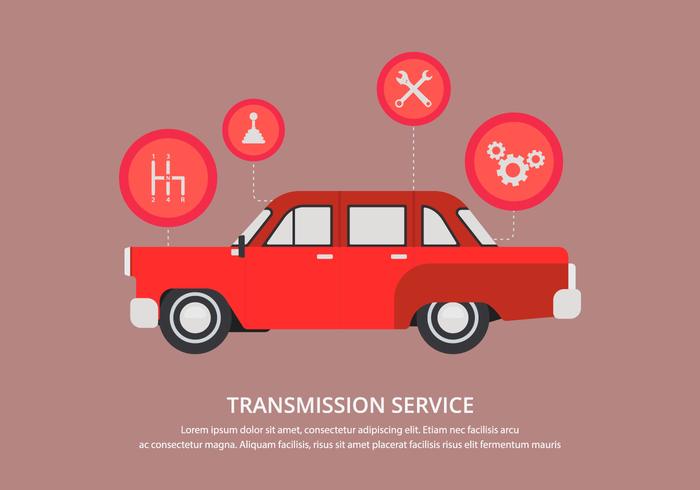Recognizing Your Vehicle'S Warning Lights: What Do They Truly Mean?
Recognizing Your Vehicle'S Warning Lights: What Do They Truly Mean?
Blog Article
Content Author-Higgins Alvarado
When you lag the wheel, those glowing warning lights on your control panel can be a bit perplexing. Do you know what they're trying to tell you regarding your auto's wellness? Comprehending the importance of these lights is crucial for your safety and the longevity of your vehicle. So, the next time among those lights appears, would not you intend to understand its message accurately and take the essential actions to resolve it?
Common Warning Lighting and Interpretations
Identify usual caution lights in your car and recognize their significances to ensure safe driving.
The most common warning lights include the check engine light, which signals problems with the engine or discharges system. If this light begins, it's vital to have your car checked immediately.
The oil stress cautioning light indicates low oil stress, needing prompt focus to prevent engine damage.
A blinking battery light could recommend a malfunctioning billing system, potentially leaving you stranded otherwise resolved.
The tire stress surveillance system (TPMS) light signals you to low tire stress, impacting lorry security and gas effectiveness. Ignoring this might lead to unsafe driving conditions.
The abdominal muscle light shows a problem with the anti-lock braking system, compromising your ability to quit swiftly in emergencies.
Lastly, the coolant temperature alerting light warns of engine getting too hot, which can result in severe damage if not fixed quickly.
Recognizing these typical warning lights will aid you deal with issues immediately and keep secure driving conditions.
Value of Prompt Interest
Recognizing the usual caution lights in your vehicle is only the very first step; the value of promptly resolving these warnings can not be highlighted sufficient to guarantee your safety when driving.
When a warning light illuminates on your dashboard, it's your vehicle's way of connecting a possible issue that requires interest. Ignoring these cautions can lead to a lot more serious troubles later on, jeopardizing your safety and security and possibly costing you much more out of commission.
Motivate focus to cautioning lights can prevent malfunctions and mishaps. For instance, a flashing check engine light can indicate a misfire that, if left neglected, might cause damages to the catalytic converter. Resolving diamond detailing services can save you from a costly repair service.
In a similar way, a brake system advising light could signal reduced brake fluid or used brake pads, essential elements for your safety when driving.
DIY Troubleshooting Tips
If you notice a warning light on your dashboard, there are a few do it yourself troubleshooting tips you can try before looking for specialist assistance.
The very first step is to consult your auto's manual to understand what the details caution light suggests. In some cases the problem can be as simple as a loosened gas cap triggering the check engine light. Tightening the gas cap may resolve the trouble.
One more common problem is a low battery, which can trigger numerous cautioning lights. Checking the battery links for deterioration and guaranteeing they're secure may fix the trouble.
If a warning light continues, you can attempt resetting it by disconnecting the auto's battery for a couple of minutes and after that reconnecting it. In auto wrap , checking your automobile's liquid levels, such as oil, coolant, and brake fluid, can aid repair alerting lights related to these systems.
Verdict
To conclude, understanding your vehicle's warning lights is essential for maintaining your automobile running smoothly and securely. By promptly dealing with these notifies and knowing what they suggest, you can stay clear of pricey fixings and prospective malfunctions.
Keep in mind to consult your vehicle's guidebook for certain information on each warning light and take action appropriately to guarantee a hassle-free driving experience.
Remain educated, remain safe on the road!
